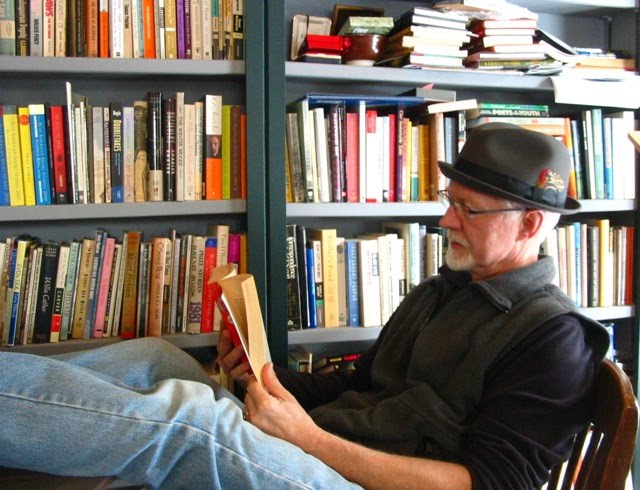• Description
Is there enough? Too much? The goal is have just crisp, clear description in order to set the scene in the reader's head–they can "see it." Ah, but that's not enough. Yes we need to see, but we also need to hear, smell, taste, and maybe touch it. Or feel like we could. One aspect of revision, then, should be you re-examining the quality of your descriptive writing. First drafts are often plot-driven and a bit thin in terms of the writing . In revision you can make sure you use, with reason, a fuller range of imagery. We have five senses. Use all that seem appropriate for the scene at hand. Make it "real." Make your scene play like a little movie in the reader's head. Good description can do that.
•Syntax
This is a trickier area of revision. It asks you to take a very close look at your prose, your sentences. "Syntax," defined, often has a lot of mumbo-jumbo about "the rules of orderly grammatical constructions." For example, the main order of sentence is Subject + Verb + Object. Okay, we get that. But a better way to understand syntax is think of the order of your phrases and clauses. Below, is an example sentence from a chapter I just broke away from (my new novel):
1. "He became more flamboyant after his mother died, and his wild parties–for men only– were the talk of the town."
Okay. A solid sentence. Character development and conflict moving forward. But I kept thinking there was something slightly wrong with the sentence. So I revised its syntax:
2. "After his mother died he became more flamboyant, and his wild parties–for men only– were the talk of the town.
Aha. What was amiss in #1 is what I might call Syntactical Chronology. That is, the order of the ongoing phrases. In your writing, do your phrases move forward in logical chronology? Or are they inverted or in some way out of causal order? In my #2, the mother dies and because of this, he becomes more flamboyant–which is really what I want to convey. I also think #2 has a slightly smoother flow, plus places a potential "black-hole word"* in the middle of the sentence, thereby lessening its potential to detract from the overall message of the sentence, which is "talk of the town."
Geeky stuff here. Revision-as-brain-surgery. But if your short story or novel has its syntax well-thought out and well-revised, your prose will have a subtle but felt effect as being better than the other submissions–those in which writers have not fully considered syntax.
*Black-hole word: a diction choice, by its nature of being dramatic or colorful, that can suck away all the attention from the rest of the sentence. (My term, thank you very much.) The goal is to have blended diction in which no one word dominates the sentence.
